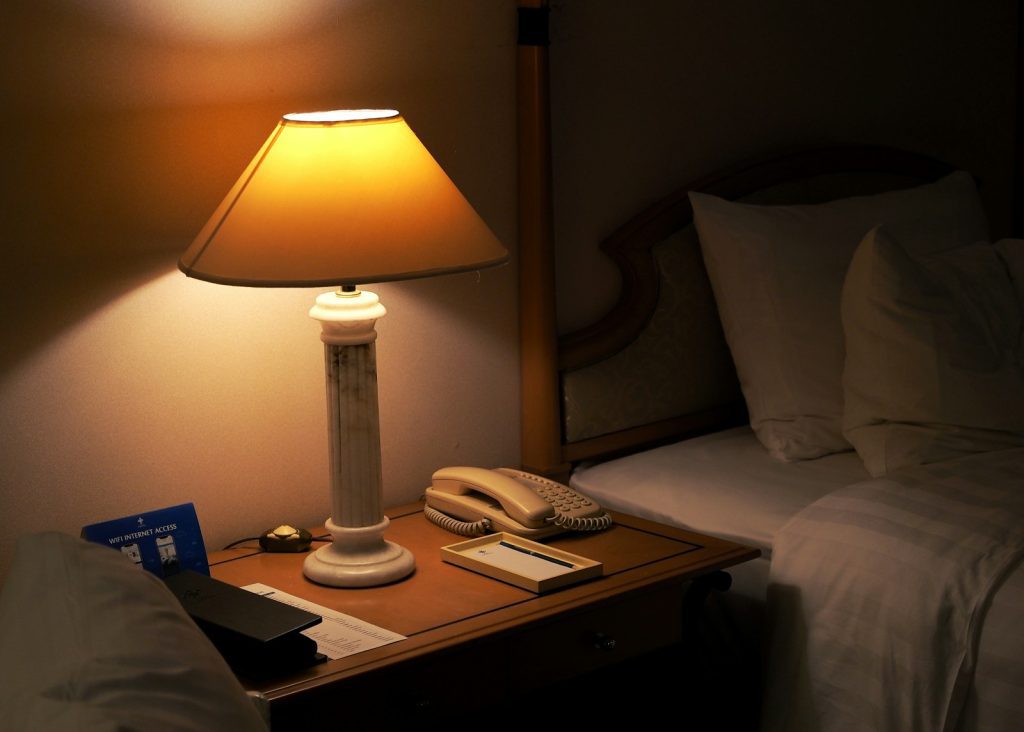Religious artifacts often carry deep historical, cultural, and spiritual significance. Many of these items, passed down through generations or discovered in ancient sites, hold more than just sentimental value.
If you’re curious about which religious objects might be valuable, this article highlights twelve items that stand out for their rarity, history, and worth. Understanding these artifacts can give you insight into how faith and history intersect with the world of valuable collectibles.
The Papal Tiara – Solid gold crown of the Vatican

You might recognize the Papal Tiara as a solid gold crown once worn by popes. It symbolizes the pope’s authority and spiritual power within the Catholic Church.
The tiara has three crowns, representing the pope’s roles as father of kings, governor of the world, and Vicar of Christ. Although it is no longer worn, it remains a valuable and historic Vatican treasure.
Codex Sinaiticus – Earliest complete New Testament manuscript

You might find the Codex Sinaiticus fascinating because it is the oldest complete copy of the New Testament. This manuscript was handwritten in Greek during the 4th century.
It contains both the Old and New Testaments and even includes some early Christian writings not found in most Bibles today. The Codex was discovered at St. Catherine’s Monastery near Mount Sinai and is now digitized for you to explore online.
Owning or studying something related to it could connect you to a priceless piece of religious history.
18K Gold Antique Religious Medals with Plique A Jour Enamel

You might find 18K gold religious medals decorated with plique à jour enamel especially appealing. These medals often feature detailed, colorful designs made with translucent enamel that lets light pass through, giving a delicate look.
Many of these antique pieces show religious figures like the Virgin Mary or Jesus. They can be a meaningful and beautiful addition to your collection or jewelry.
Hand-Carved Oak Crucifix with Gilt Corpus from Early 20th Century

You might come across a hand-carved oak crucifix with a gilt corpus dating back to the early 1900s. These pieces are often carefully crafted and show detailed woodwork combined with gold leaf or gilt accents on the figure of Christ.
Such crucifixes were commonly used in churches or private prayer spaces. If you find one, its age and craftsmanship could add to its value, especially if the condition is good and the carving is intricate.
Italian Rosary Beads featuring flashed crystal accents

You’ll find Italian rosary beads with flashed crystal accents are both beautiful and meaningful. These beads often catch the light, giving your rosary a gentle sparkle.
Made in Italy, they combine craftsmanship with spiritual significance. Using Murano glass or other fine materials, they add a special touch to your prayer time.
Owning one can feel like holding a piece of art that connects you to tradition. They also make thoughtful gifts for anyone who treasures their faith.
Medieval Chalices used in ancient Christian liturgy

When you look at medieval chalices, you see more than just cups. These were sacred vessels used in Christian ceremonies, often crafted with precious metals and detailed decorations.
You might notice biblical scenes or saints engraved on them. These decorations added to their spiritual significance and showed the care given to these important items.
In your hands, a medieval chalice once held wine during the Eucharist, symbolizing the blood of Christ. They were treasured and respected objects in many churches throughout the Middle Ages.
Gothic Revival Hand-Carved Church Wall Brackets

You might find Gothic Revival hand-carved church wall brackets quite special. These pieces often feature detailed carvings like acanthus leaves and Gothic rosettes, showing expert craftsmanship.
If you like antique or religious decor, these brackets add a classic touch to your space. Many are made from oak or maple wood and come from the 19th century or earlier.
Keep an eye out for originality and condition. Authentic hand carving typically means higher value and a unique piece for your collection.
Rare Byzantine Icons painted on wood panels

You might find rare Byzantine icons painted on wooden panels especially valuable. These icons often depict saints, Christ, or the Virgin Mary with rich symbolism and detail.
Each piece is hand-painted, usually on limewood or similar specially prepared wood. Because they served as objects of worship, their spiritual and artistic significance adds to their value.
If you come across one, its age, condition, and craftsmanship can greatly affect its worth. Collectors and religious communities both seek these icons for their beauty and history.
Ancient Ethiopian Bible Psalters on parchment

You might find Ancient Ethiopian Psalters quite fascinating. These are religious books written in Ge’ez, the old liturgical language of Ethiopia, often on heavy parchment.
Your Psalter could show signs of careful handcrafting from centuries ago. These manuscripts have survived a long history, representing a unique Christian tradition in eastern Africa.
If you come across one, note the detailed bindings and handwritten texts. Psalters are among the most common Ethiopian manuscripts, but their age and condition affect their value.
Silver Monstrance used in Catholic Eucharistic Adoration

A silver monstrance is a special vessel you’ll find in Catholic churches. It holds the consecrated Eucharistic Host during adoration, allowing you to see and honor it.
Often made of silver or silver-gilt, monstrances can have intricate designs and sometimes precious stones. Using one connects you to a long tradition of reverence in worship.
Antique Eastern Orthodox Prayer Ropes with knots

You might find Eastern Orthodox prayer ropes with knots valuable, especially if they are antique. These ropes, often made from wool or other natural fibers, are used in prayer to count repetitions of the Jesus Prayer.
Each knot holds spiritual meaning, and older ropes carry the history of generations. If your prayer rope has unique craftsmanship or a rare number of knots, it could interest collectors or religious communities.
Early Christian Bronze Cross Pendants

If you come across an early Christian bronze cross pendant, it could be a valuable find. These pendants often date back to between the 5th and 18th centuries, with many originating from Byzantine or Orthodox Christian traditions.
You might notice simple designs, like equal-ended crosses or symbols representing the Five Wounds of Christ. Some pendants are even set in gold or feature intricate craftsmanship, adding to their worth. Keep an eye out for authentic pieces with certificates or clear provenance to ensure their value.













